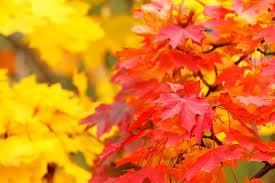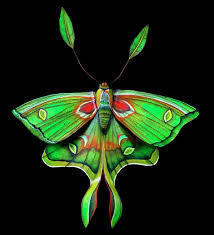Mary Reynolds Thompson's Blog, page 14
November 22, 2014
I am
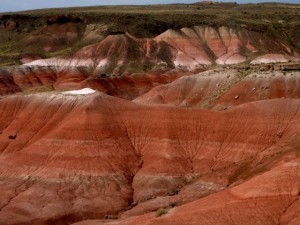
I am the desert
made of the bones of my ancestors,
full of clear blue sky,
even in the darkest storm.
I am the mountain who yearns to be climbed
who is always there, everlasting,
dependable and mysterious.
I am the river who overtime, through
miraculous processes, came back to life
whose song calls to us all.
I am the forest that at night celebrates
with all the wild animals
the feast of life,
whose roots reach across oceans,
offers you dark corners and decay
to know that these are crucial
and provide comfort too,
who invites you to stalk your surprise.
I am the garden tended by
all those who came before
planting trees that now shelter
this year’s birds and the next
and the next…
I am the grassland that flows with the wind.
(Reclaiming the Wild Soul workshop, Canterbury, 2014)
This poem is a group poem, with lines contributed by each of 12 attendees of a workshop I recently gave in Canterbury, England.
* If you were a landscape, which would you choose to be? And why? Explore these thoughts in your journal. What have you learned about yourself?
* Begin a poem with the words “I am the [name your landscape]” … allow the images and particular wisdom of your chosen landscape to guide your words
* Choose your favorite line from the poem and use it as a springboard for your own writing.
October 31, 2014
Seeding Change, One Book at a Time
Some things just happen naturally, easy as breathing. When I encountered TreeSisters and the remarkable Clare Dakin, I knew almost right away that I wanted to contribute to her non-profit organization.
Maybe it was because deforestation pained me so deeply, and here was an organization dedicated to helping reforest the Earth. Maybe it was because of all the amazing women I had learned of, who like Clare, had dedicated their lives to protecting and planting trees. Women like those in the Himalayas who put their bodies between the trees and the chainsaws, and started the Chipko movement; or the work of Wangari Maathai who founded the Green Belt Movement that has planted tens of millions of trees in Kenya and beyond; or Julia Butterfly Hill, who lived in the arms of a towering redwood for two years, battered by the elements, to save a grandmother tree from being felled.
What is it about women and trees? What is about humans and trees? Native Americans call trees “standing people.” And truly, humans and trees share the vertical life––though trees can teach us so much about being rooted, standing our ground, facing what comes without running away.
Trees. Sisters. A beautiful combination. Not one, I might add, that leaves out men. Only asks, perhaps, that we learn from trees the feminine qualities of being strong, but flexible, able to bend but not break, even as the storms keep coming.
So please know that with every copy of Reclaiming the Wild Soul you purchase through my publisher, White Cloud Press, $1:00 goes to TreeSisters.
Working together, we can reforest the world.
Lorraine Anderson
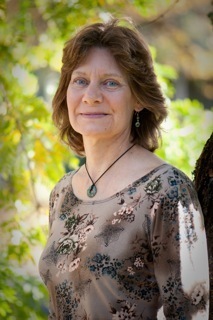
Just 17 years old, and experiencing the emotional intensity of “first love,” Lorraine Anderson, editor of Sisters of the Earth, climbed Rifle Peak in the Sierras. There, she would lay her body against the ground and experience a sense of acceptance and connection to the great body of the Earth that would inform her own budding eroticism and sensuality. Visit Lorrane’s website or blog to find out more about her writings and work.
Techno-Utopianism and the Fate of the Earth
I grew up at a time in England where there were no computers, no cell phones, no social media. Television was black and white, and only two channels: no daytime programming. We read, roamed the neighborhood, played Charades and Monopoly.
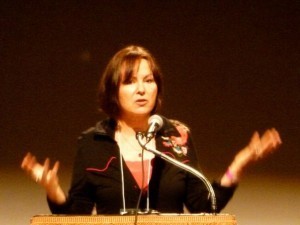 Boredom drove our imaginations: we made up games, wrote books, put on plays, and created unctuous bath salts from homestyle chemistry sets.
Boredom drove our imaginations: we made up games, wrote books, put on plays, and created unctuous bath salts from homestyle chemistry sets.
Having recently returned from presenting at the Techno-Utopianism and Fate of the Earth Conference in New York City, I find myself nostalgic for a time when technology wasn’t so dominant. I also find myself afraid.
From the dangers of nano-technologies, to the grandiosity of geo-engineering projects, to the insidiousness of GMOs, we are seeing signs of an expanding and extremely powerful technological matrix in which we are caught like flies in a web. But we can fight back.
Craig Holdredge, Co-founder, The Nature Institute, talked of “commanding presences”: real food, real conversations, real stories of our heritage, making real things with our hands.
Aiden Enns, Founder, Editor, Geez Magazine, invited us to think of one technological hold out. His is flying.
Stephanie Mills, Author, Epicurean Simplicity and Turning Away from Technology declared that rapt attention cannot be in two places at one time. What do you want to pay attention to? Can we learn to pay more attention to the Earth than Facebook?
Abstraction is a side effect of technology, a forgetting of what really matters, what truly sustains us, what is really real. It’s not that all technology is bad. It isn’t. It’s just that we seem to have stepped over a line into a kind of insanity…and a deep forgetting of who we really are: children, not of algorithms, but of Earth’s rhythms.
Assurance
You will never be alone, you hear so deep
a sound when autumn comes. Yellow
pulls across the hills and thrums,
or the silence after lightening before it says
its names- and then the clouds’ wide-mouthed
apologies. You were aimed from birth:
you will never be alone. Rain
will come, a gutter filled, an Amazon,
long aisles- you never heard so deep a sound,
moss on rock, and years. You turn your head-
that’s what the silence meant: you’re not alone.
The whole wide world pours down.
(C) William Stafford – from The Way It Is, Graywolf Press, 1999
* How does nature help you feel “not alone”?
* Begin a poem, or a prose piece, with the words, “I will never be alone…”
* Write about an autumn rainstorm using lots of sensory detail and metaphor. After you’ve written your piece, reflect on what you have you learned about yourself and the world about you.
October 8, 2014
Misbehavior
Misbehavior
A morning glory opens its face
of blue fringed with white.
This might be thought of as a behavior,
inspired by the sun.
If so, the mob of morning
glories that overtook
my beans and squash
late last summer
behaved badly.
O, this valiant tropism of life!
O, these stunning miscreants trampling plans!
Spreading their blues and magentas
In spite of the best efforts of madmen.
(C) Lauren de Boer
2/12/13
* What do the morning glories represent to you: life, joy, exuberance?
* How would you like to be more like the morning glories in this poem?
* Write a poem or prose piece about a favorite flower. Describe it in detail, and then ask: What does this flower teach me about my own blooming?
Dr. Marilyn Steele
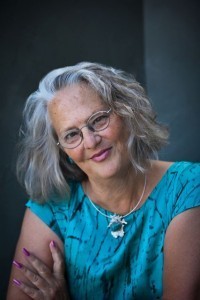
In a dream, Marilyn Steele encounters the wounded feminine in the form of a dessicated snake, and thus discovers that her job is to bring the feminine to life again. A Jungian psychologist and author of “The Wild Feminine,” Marilyn’s relationship with snakes winds through her mesmerizing story. Find out more about Marilyn at: www.thewildfeminine.com
September 24, 2014
The Moth, The Mountains, The Rivers
The Moth, the Mountains, the Rivers
Who can guess the luna’s sadness who lives so
briefly? Who can guess the impatience of stone
longing to be ground down, to be part again of
something livelier? Who can imagine in what
heaviness the rivers remember their original
clarity?
Strange questions, yet I have spent worthwhile
time with them. And I suggest them to you also,
that your spirit grow in curiosity, that your life
be richer than it is, that you bow to the earth as
you feel how it actually is, that we––so clever, and
ambitious, and selfish, and unrestrained––are only
one design of the moving, the vivacious many.
* What are you curious to know about the other than human world?
* What would shift if we really understood that we humans were one design among many?
* Begin a poem or prose piece with the words, “Who can guess…” Allow your curious thoughts to lead the way.
Terry Laszlo-Gopadze

Suffering from a chronic lung condition, Terry Laszlo-Gopadze, editor of “The Spirit of a Woman” received a powerful message of healing from an old pine tree in her garden. She has been listening to trees ever since. Visit her website to find out more about Terry and her work.

